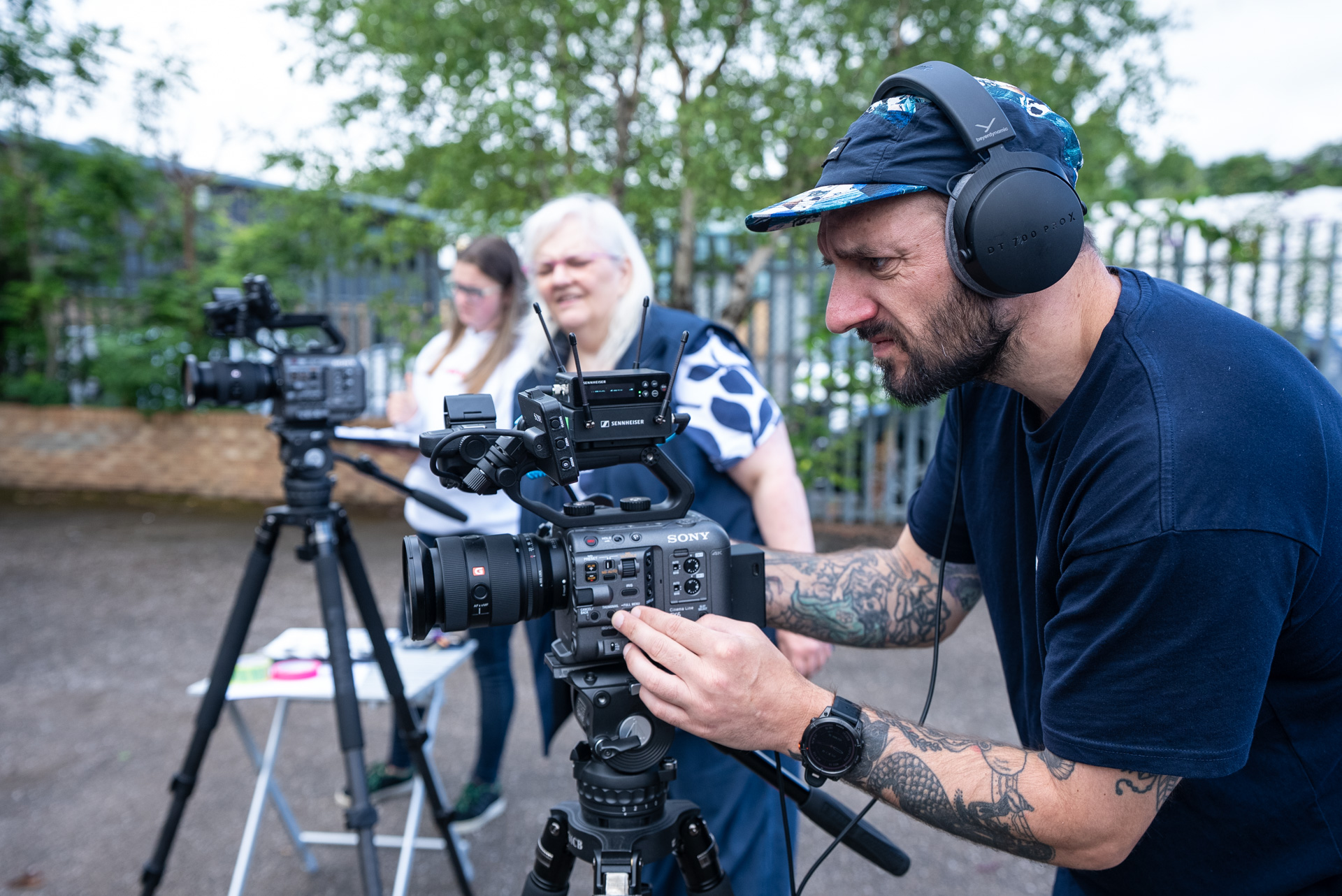Why Stories Matter
Stories have been an integral part of human culture since the dawn of time. From cave paintings to modern-day podcasts, every culture and civilization has its unique tales. But why are stories so compelling? One reason is that they allow us to connect with others. Through stories, we can understand someone else's experiences, emotions, and perspectives, building empathy and bridging gaps between different walks of life.
Take, for instance, veterinary courses. On the surface, one might think that these courses are strictly about the science of animals. But delve a bit deeper, and you'll find stories. Veterinary professionals recount tales of challenging diagnoses, the bonds they've formed with animals, and the joy of seeing a pet recover. By sharing these narratives, students in veterinary courses not only learn the technicalities of their field but also grasp the emotional and human side of their profession.
Delving Deeper into Story Mechanics
At the heart of every compelling story lie key elements that make it unforgettable. Characters that come alive, conflicts that stir emotions, settings that paint vivid images, and themes that resonate on a universal scale. It's not just about a beginning, middle, and end. It's about crafting an emotional arc that takes the reader or listener on a roller coaster of feelings, eliciting responses ranging from laughter to tears, anger to joy.
Let's circle back to our veterinary courses analogy. Beyond the basic structure, a well-constructed course might introduce students to real-world scenarios that veterinary professionals face, much like the characters in a story. The hurdles they overcome, the ethical dilemmas they grapple with, and the triumphant moments when they save an animal's life, mirror the conflicts and resolutions in a narrative. When students can relate to these scenarios, the lessons become more than just theoretical knowledge; they transform into lived experiences.
The Ubiquity of Storytelling
One might be surprised at the sheer reach and depth of storytelling's influence. It seeps into areas we often overlook. Product packaging, for instance, sometimes tells a story of the brand's legacy or the origin of its ingredients. Cooking recipes passed down through generations narrate tales of familial traditions and cultural significance. Even sports events, with their unpredictable outcomes and underdog stories, captivate millions due to their inherent narrative quality.
Reflecting on veterinary courses, a professor might use personal anecdotes from their early days in the profession. They could share tales of their first encounter with a particular breed or the time they had to make a split-second decision during surgery. These stories serve to humanize the profession, reminding students that behind every medical decision is a narrative of trial, error, and eventual mastery.
Navigating Digital Storytelling
The digital revolution has not just changed the medium but also the very nature of storytelling. Today's narratives are more collaborative and dynamic. Social media allows for stories to be co-authored in real time by people across continents. Interactive games enable players to choose their narrative paths, leading to multiple story outcomes.
Veterinary courses have also embraced this shift. Interactive modules might allow students to simulate medical procedures, letting them decide on treatment paths, and witnessing the outcomes of their choices. This narrative-driven approach to learning ensures that students are not just passive recipients of information but active participants in their educational story. Through these digital narratives, students are better prepared for real-life scenarios they'll encounter in their careers.
In essence, the beauty of storytelling lies in its adaptability. Whether through age-old oral traditions or state-of-the-art digital platforms, stories continue to shape our understanding, emotions, and connections with the world around us.
Conclusion
Storytelling, in essence, is a powerful tool for communication, education, and connection. Its principles are deeply rooted in human nature, making it effective across diverse domains. Usually, we think stories are just for fun. Movies, books, and plays, right? But that's not all. Stories also help in learning. Even in fields like veterinary courses, stories play a role. They make learning easier and more interesting.
So next time you hear a story or share one, take note. Stories do more than entertain. They can also teach us. They can help us understand the world better. Whether you're chatting with friends, leading a class, or creating an ad, stories make things better. They add depth and meaning. So go ahead, keep telling your stories.



